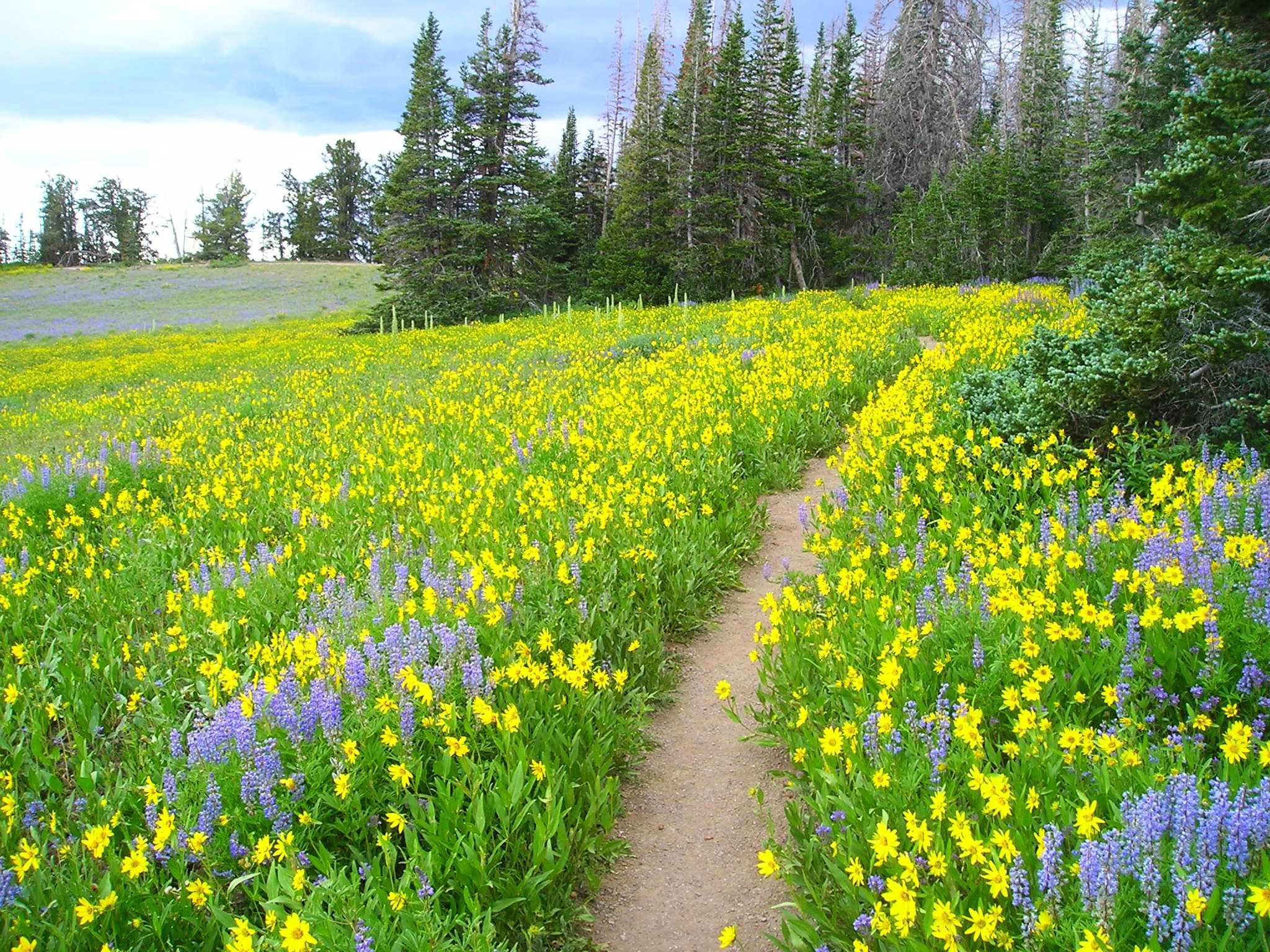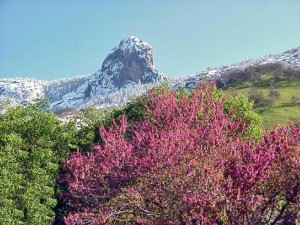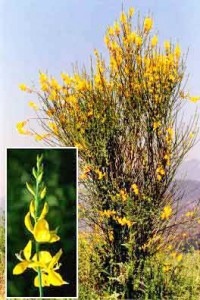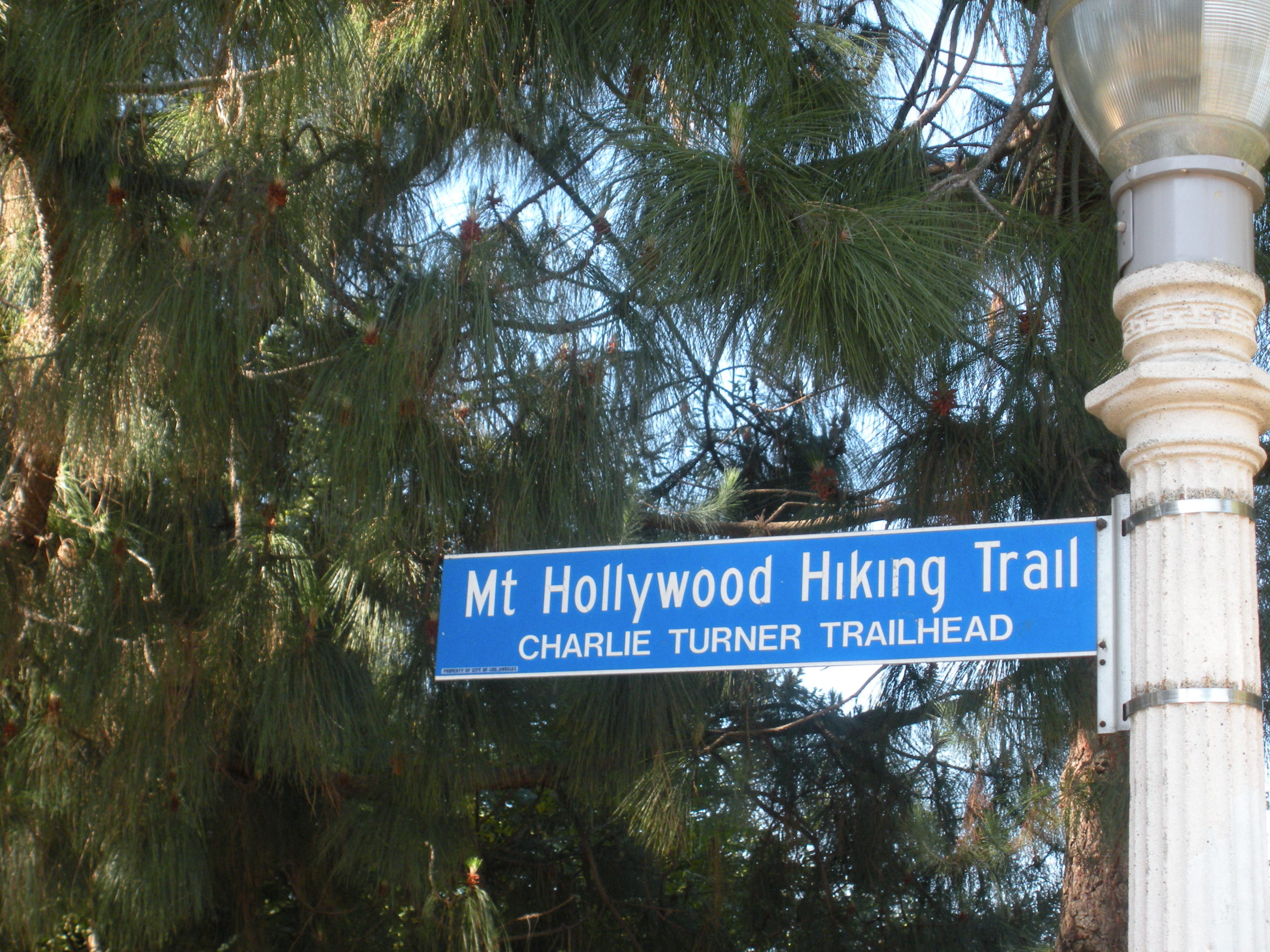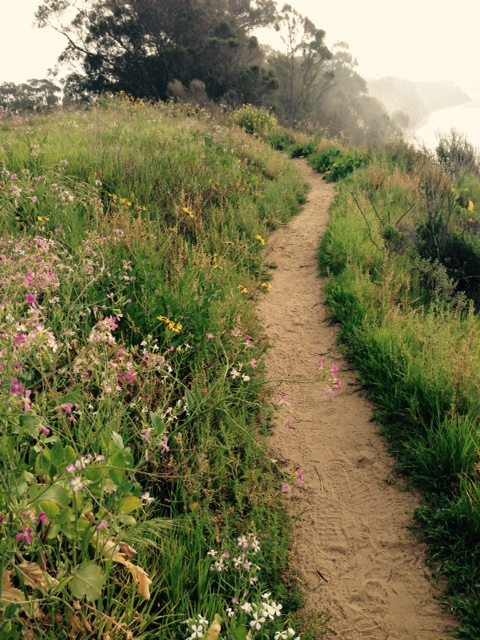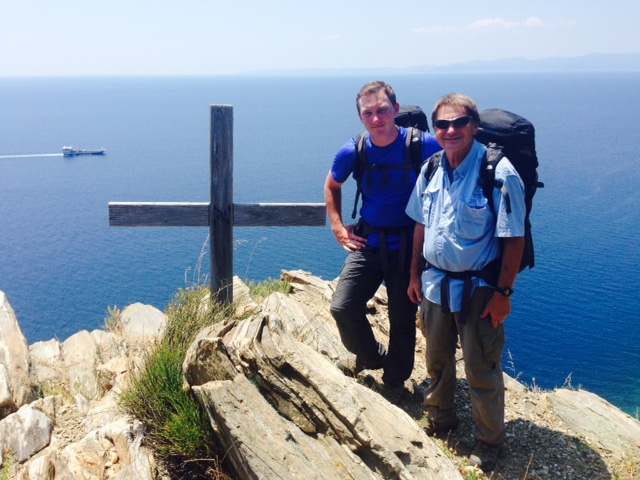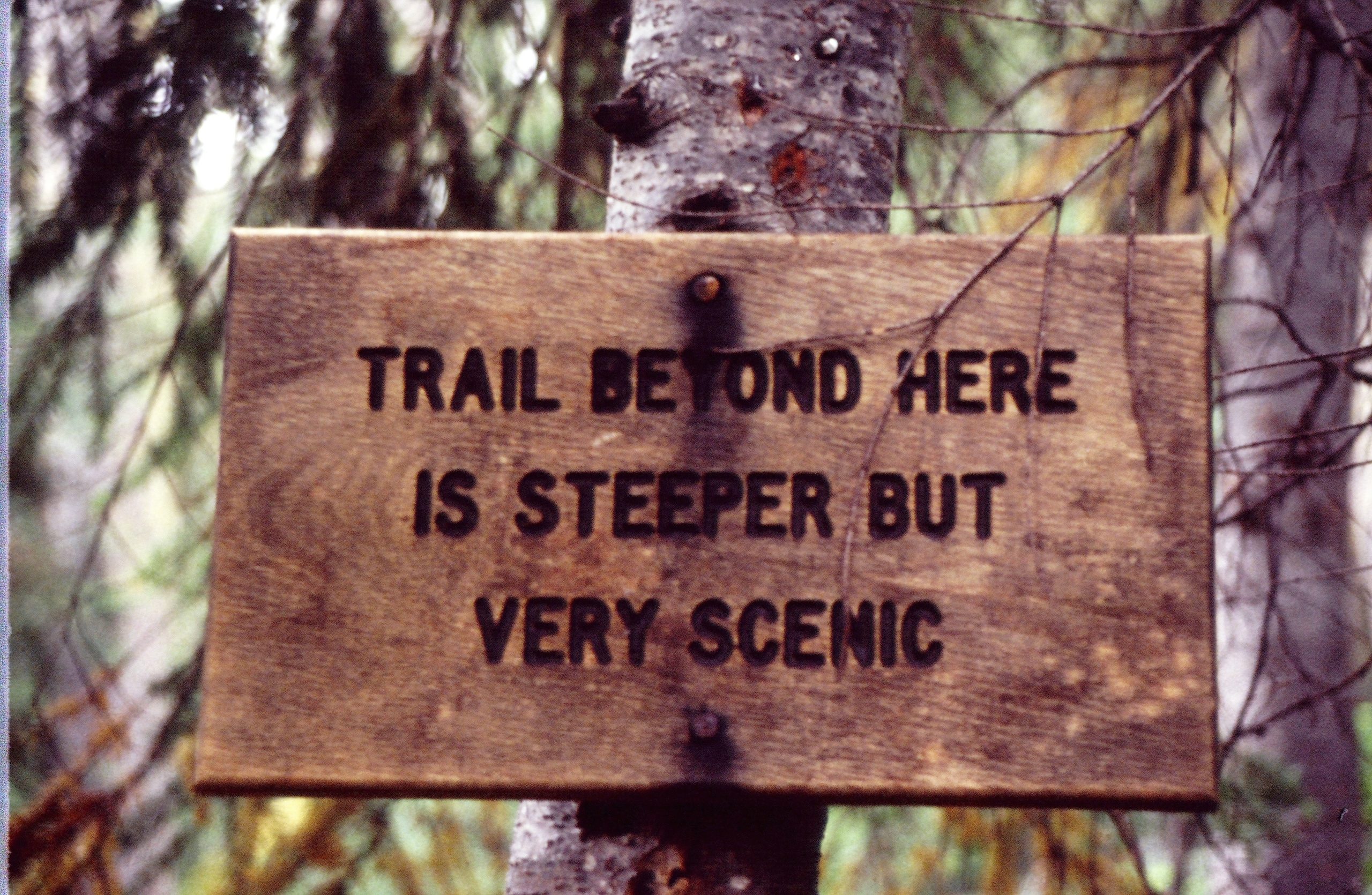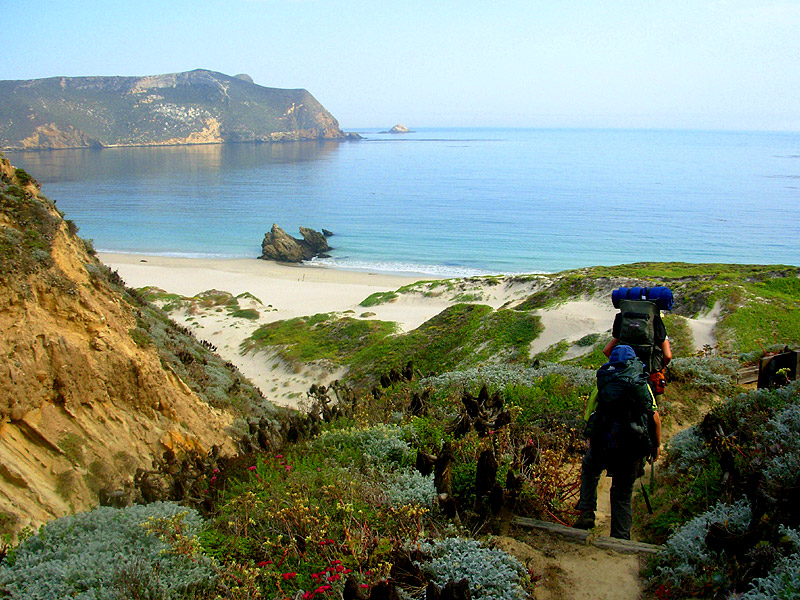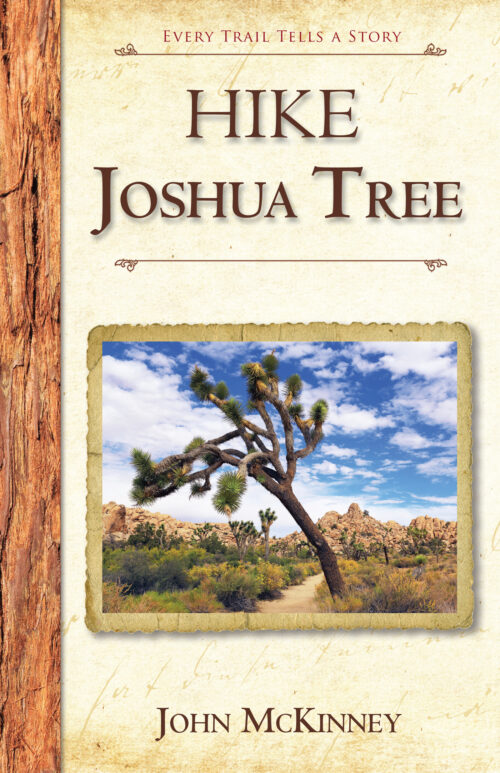Spring is the exact same length as other seasons. But wherever you live, and wherever you hike, spring is the one season that everyone agrees is too short. Just when you notice the days are longer and the flowers are in bloom, it’s summer.
April showers bring May flowers.
True enough at very particular latitudes and altitudes. In the low desert, however, for example, January showers bring February flowers. And in the Rockies, June showers can bring July flowers.
If an advertiser claimed, “April showers bring May flowers,” the government would require a lengthy disclaimer.
I’m indebted to rangers at the Sequoia National Park Visitor Center for pointing out to me that certain parts of the country—most particularly the regions around Sequoia, Kings Canyon and Yosemite national parks—have nine months of spring: January through September. These parks offer a way of resolving the “National Spring Deficit,” the rangers joke.
More accurately, Sequoia National Park has 13,000 feet of spring, interpretive rangers explain. Elevations in this park range from just over 1,000 feet to the 14,494-foot top of Mt. Whitney. For every 1,000 foot increase in elevation, there is a corresponding temperature drop of three degrees F.
So what does a change of elevation really mean? And how does it get us more spring?
In Sequoia National Park, and in other fabulous hiking areas around North America, if you’re willing to gain elevation, you can partake of the joys of spring hiking for far longer than the traditionally defined three month period between the vernal equinox and the summer solstice. In certain mountain ranges, a wide range of temperatures and elevations create a variety of habitats and climates, both macro and micro, that can make hiking in spring a 9-month opportunity.
In the case of the High Sierra, the first flowering plants can appear as early as January in the lowest foothills that rise from California’s flat Central Valley. At Sequoia National Park’s middle elevations (4,000 to 7,000 feet), where the mighty sequoias thrive, spring flowers begin to bedeck the meadows in April. On higher slopes, hikers will notice the more obvious signs of spring—tender grasses and wildflowers—in June and July. In the very highest alpine ecosystems, spring comes very late—August, even September. Spring and summer are greatly compressed at such high elevation. Spring comes and goes in a matter of weeks.
In Sequoia National Park, you can drive to a 7,500-foot trailhead, gaining more than 6,000 feet and losing nearly twenty degrees F. in temperature. You can then hit the trail for the 14,494-foot top of Mt. Whitney, losing another twenty degrees F. or so as you climb to the top of the highest peak in the continental U.S. Hikers pass a lot of “Spring” as they make one of America’s most classic climbs.
Flowering plants are not the only life forms following spring uphill. Bears emerge from hibernation, foraging at ever higher altitude to sniff out their vegetal preferences. Birds and bees and many more creatures thrive in spring, whenever and wherever they find the season.
So, if you want to prolong spring, hike higher and higher into the high country. Pause along the trail to admire the wide variety of flowering plants that adorn different elevations.

